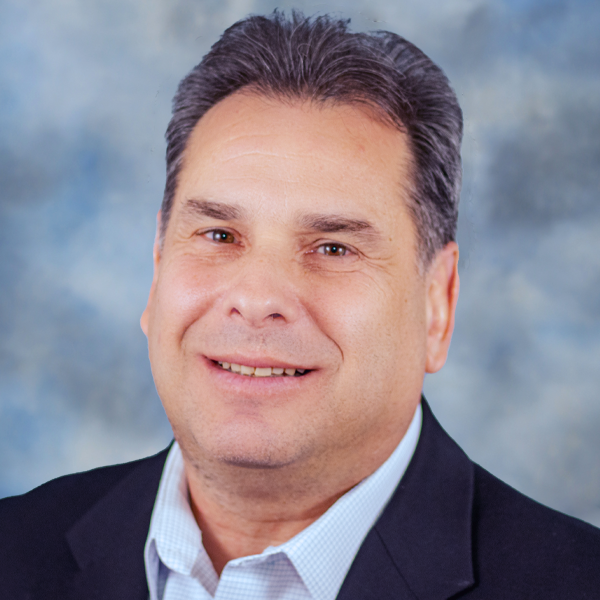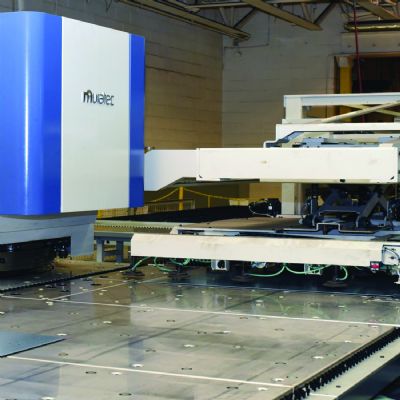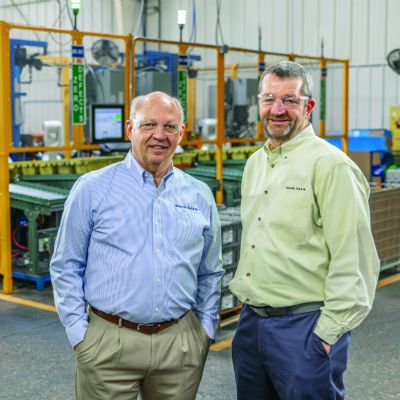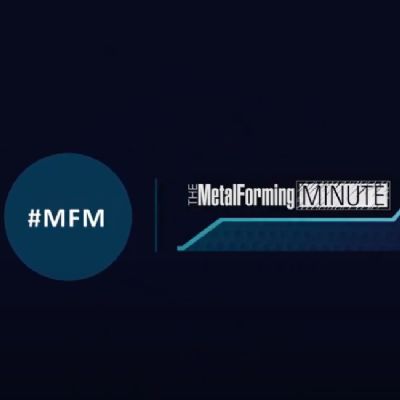Mission and Vision—Two Distinctive Concepts
March 26, 2025Comments
Every company seemingly has a mission statement, defined as a formal summary of an organization’s aims and values. Some refer to these few sentences as their foundation and identity, explaining the company’s purpose and objectives.
However, as common as mission statements are, more companies should take the time to craft a vision statement. Alas, while every single Fortune 500 company has a mission statement, research finds that only slightly more than half differentiate between mission and vision statements.
Vision statements, as explained by Forbes author Doug Meyer-Cuno, define a company’s plans for the future and set a course for all to follow. The statement encompasses leadership’s ideals for what, where and who the company strives to become. Part of its purpose is to inspire all employees to become aligned around the company’s direction, “to establish a benchmark and provide a line of sight,” writes Meyer-Cuno.
Author Daniel Jacobs takes the concept a step further in his book, The Art of the Possible: Create an Organization with No Limitations, where he seeks to motivate company leaders into action. Jacobs’ vision is for leaders to create companies where things get done, where anything is possible, and where employees—from the corner office to the corner of the shop floor—don’t make excuses to dismiss goals as unattainable, but instead commit to finding pathways to success.
An article in this issue of MetalForming highlights two metal forming companies seemingly under the direction of leaders who, along with their management teams, practice the art of the possible. Both companies are the subjects of our next MetalForming LIVE webcast coming up at the end of April (and free to attend), featuring elegant automation solutions implemented in order to overcome productivity-strangling obstacles.
Milwaukee, WI-based Argon Industries, under the direction of owner and founder Greg Clement, has seen its sales double since 2020. While retaining its core group of employees and investing in cross-training them on its variety of sheet-metal fabricating machines, the company has invested in automated machine loading and unloading to lessen monotony and fatigue on the shop floor. Safety has improved, too, as Clement will discuss during the MetalForming Live webcast. Oh, and by the way, its company tagline: “Nothing is impossible.”
Joining Clement during the event: Chris Highfield, president of metal former Pennant, a Tier One supplier to appliance and other OEMs. Its Sabina, OH, facility, which operates 16 stamping presses, also stars more than 20 high-production roll forming mills that, in mid-2019, began to strain operators tasked with keeping up with end-of-line packaging of roll formed parts.
The solution has come via cobots. The investment made? Highfield will share with our online MetalForming Live audience those figures, and explain the return-on-investment calculations, which include more consistent quality results (thanks to incorporation of automated inline quality inspection), as well as improved operator health and well-being.
From Pennant’s vision statement: “Our long history of success is based on an environment of never being satisfied with the status quo. We work to anticipate and create cost down opportunities for our customers with continuous improvement, value add solutions, innovation and technology.”










 Video
Video